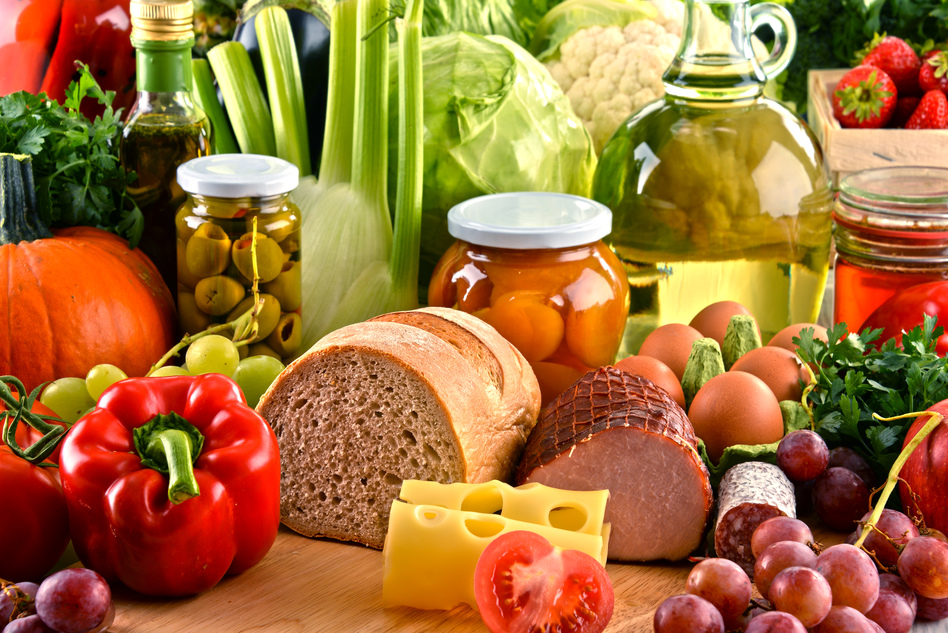The Importance of Portion Sizes
We tend to eat whatever is on the plate in front of us without thinking about the amount of food we are actually consuming. A portion size is defined as the amount of food that one puts on his or her plate that they intend to eat in one sitting. Quite often we consume foods believing they are a single portion when in reality they contain multiple portions. In a study conducted on healthy males and females the researchers concluded that the human appetite control systems are challenged by highly palatable foods, which in the end can lead to weight gain. These foods include pre packaged foods that are made into multiple units (restaurant meals, snacks and on the go meals).
When it comes to institutions such as a hospital, controlling portion size is extremely important due to the fact that patients are either recovering, have certain medical conditions, or simply need to watch his or her food intake. For example, a diet is prescribed by a dietitian or a doctor for a specific medical condition. The dietitian or the doctor expect the food to be served as they ordered and if the food is not portioned properly the treatment may be affected and could potentially worsen the medical outcome. Consuming more than recommended amount of food can result in weight gain while not consuming enough can result in weight loss. Moreover, patients with texture modified diets not receiving proper portion size can experience further complications such as pneumonia or in serious cases death. Not only is portion control important for the patients, residents and customers, but it is very beneficial to an operation itself. Some of the benefits of controlling portion size include waste minimization, controlled food cost, equal portioning across the operation, guide for ordering and preparing food, and meeting nutrition needs.
Methods of portion control in food service
As mentioned above controlling portion sizes can be extremely challenging; however, by practicing the following 3 methods of portion size control you will be able to deliver the recommended portion size while controlling your food cost.
- Before placing the food on the serving line divide it into uniform pieces. This can be done with items such as brownies, fruit gelatin, lasagna, quiche, and pizza.
- The second method is portioning the food items using measuring tools such as ladles, scoops and spoons. Did you know that ladles come in various sizes that can contain from 1/8 of a cup of product to 1 ½ cup of a product?
- The third method is weighing by using a food scale in order to get the recommended weight for each food item. This can be done with foods such as meats and cheeses.
Here are some suggestions to help you control portion sizes
- Follow the recipe accurately when measuring and weighing ingredients, combining, and cooking the product
- Ensure that the cook or dietary aid is aware of the recommended portion size for each item
- Prepare a sample tray or plate before serving to visualize the amount to serve
- Use correct portion type and portion size control tool for each food item
The table below contains portion size control tools and the amount of food it can contain





